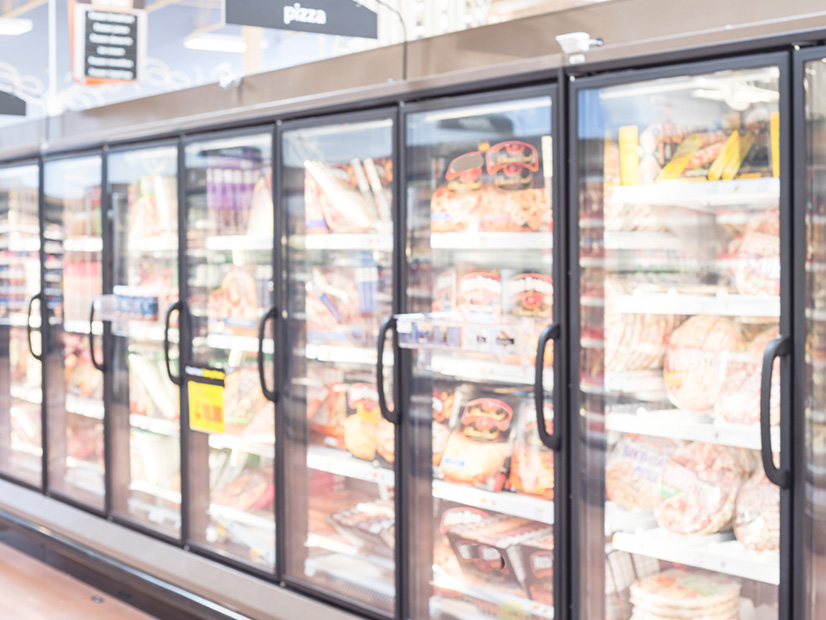The Democrat-dominated Washington House voted 56-42 along party lines Monday to send Gov. Jay Inslee a bill aimed at reducing greenhouse gas emissions from air conditioners and large refrigeration units.
The state Senate approved the House bill with minor tweaks on Wednesday. Monday’s vote represented the House’s endorsement of the amended House Bill 1050. (See Senate Passes Wash. Refrigerant GHG Bill.)
“HFCs [hydrofluorocarbons] are an extremely potent greenhouse gas, and while they are still a small proportion of overall greenhouse gas emissions, this bill is the biggest step the Legislature has taken (so far) this year to protect the climate,” Rep. Joe Fitzgibbon (D) said in a press release. Fitzgibbon is the bill’s sponsor and chairman of the House Environment and Energy Committee
Though HFCs dissipate faster, they retain more heat in the air than carbon dioxide.
Fitzgibbon’s press release said the bill would reduce the climate impact of refrigerants used in air conditioners by roughly 70% and in commercial refrigeration systems by about 90%. HFCs account for roughly 4% — or 4 million tons — of Washington’s GHG emissions. The bill is modeled on regulations recently approved by the California Air Resources Board.
If signed by Inslee, HB 1050 would enable the state government to set the maximum global warming potential (GWP) measurements for the gases within all sizes of refrigeration units. It would also require grocery stores, ice rinks and other owners of large refrigeration units to periodically check for HFC leaks.
Maximum GWP is a measure of an HFC retaining heat in the atmosphere compared to a similar volume of carbon dioxide over a 100-year period. The Washington Department of Ecology has tracked a range of GWP for HFCs of 12 to 14,800 times that of carbon dioxide.
The bill establishes an upper GWP limit of 750 for new air conditioning and refrigeration equipment. That standard goes into effect for room air conditioners and dehumidifiers on Jan. 1, 2023. That standard would go into effect for air conditioning systems with variable refrigerant flows or volumes on Jan. 1, 2026.
For other types of refrigeration equipment, the new standards go into effect Jan. 1, 2025, or two years after the State Building Code Council adopts preliminary engineering specifications that the equipment can handle refrigerants under the new GWP standards — whichever comes second. Meanwhile, the bill prohibits a GWP greater than 150 in Jan. 1, 2024, for new refrigerant equipment for ice rinks.
“The extra costs will affect consumers,” Rep. Mary Dye, ranking Republican on the Energy and Environment Committee, said Monday in opposing the bill.
“Reducing emissions from fluorinated gases is one of the cheapest, quickest, most effective ways to reduce our contribution to the global climate crisis,” Fitzgibbon said.
The bill does not affect air conditioners and other refrigeration units currently in use or installed before the target dates.




